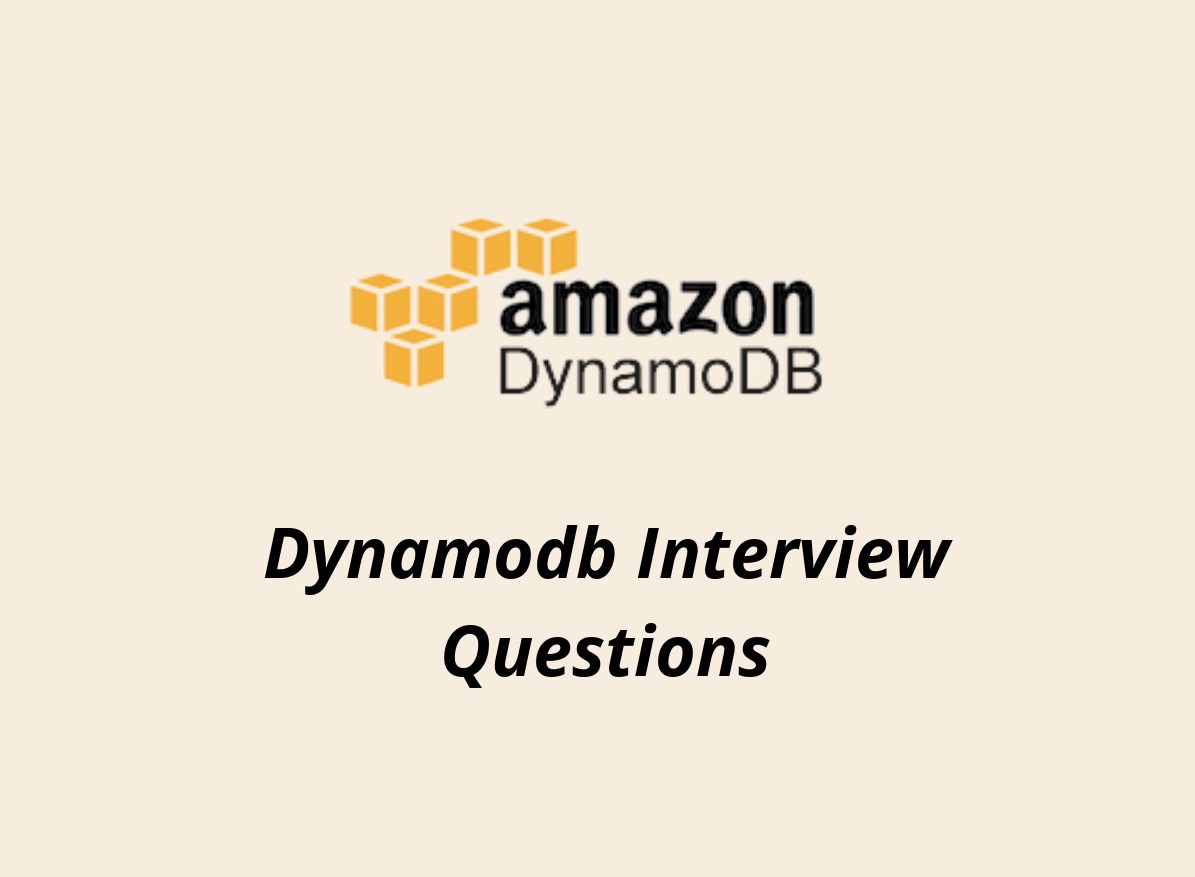What is DynamoDB?
The use of SQL databases started plummeting with the advent of DynamoDB. DynamoDB is pretty much being used as a replacement for SQL databases. This replacement was made due to the key advantage which is, that DynamoDB is extremely fast and highly scalable.
With the increase in the use of this NoSQL database service, the industry demands candidates with DynamoDB knowledge. It is high time for the aspirants who seek a bright future in the back-end field to be well aware of this database. And, if you already are acknowledged with DynamoDB and your interview is heading near, then this list of a few DynamoDB Interview Questions will help you crack the interview.

